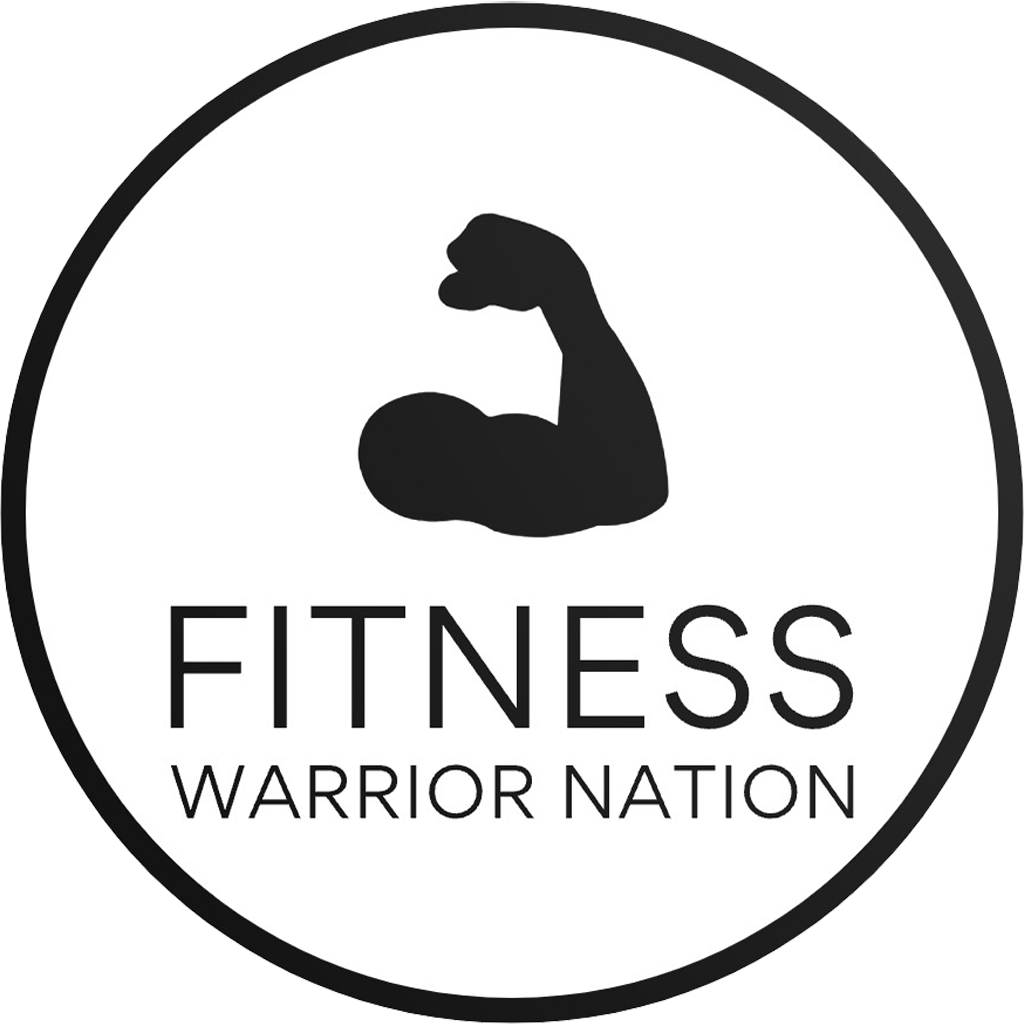Unlocking Your Fitness Potential: The Power of Personalized Workout Plans in 2025
As the fitness industry evolves rapidly in 2025, more individuals than ever seek tailored strategies to reach their unique health goals. With a wealth of options—from innovative apps like Yoga Workout Guides to advanced wearable technology such as Fitbit, the pursuit of optimal fitness has become both more accessible and more personalized. Whether aiming for muscle gain, weight loss, enhanced endurance, or overall wellness, the secret lies in designing a workout plan as unique as your DNA. This comprehensive guide explores how personalized workouts revolutionize your fitness journey and provide sustainable, measurable results.
Why Customization Matters: The Science Behind Personalized Fitness in 2025
Decades of fitness research affirm that one-size-fits-all routines are often ineffective. Instead, personalized training incorporates individual factors—age, genetics, lifestyle, and specific goals—maximizing efficiency. In 2025, wearable devices like nutrition tracking apps and scientifically-backed workout routines give users detailed insights. These tools enable real-time adjustments, helping sustain motivation and prevent plateaus. Research indicates that people following tailored programs experience better adherence and faster progress.}
| Feature | Personalized Workout Benefits | Generic Workout Drawbacks |
|---|---|---|
| Customization based on goals | Higher success rate in goal achievement | Less effective, generic results |
| Progress tracking | Precise adjustments in real-time | Delayed, less accurate improvements |
| Motivation and engagement | Increased adherence via relevant activities | Potential boredom and dropout |
Tools and Technologies Transforming Personalized Workouts in 2025
The landscape of fitness tools has expanded remarkably in 2025, offering personalized workout plans at unprecedented levels of precision. From custom cardio routines powered by artificial intelligence to dynamic strength programs integrated with wearable sensors, the technology aligns perfectly with individual physiology. Brands like Peloton and Aaptiv have elevated remote coaching, creating digital ecosystems tailored for every fitness level. Combining these with nutrition apps such as MyFitnessPal or Jefit creates a holistic approach, encompassing workouts and diet for maximum results. These innovations help users craft plans that adapt dynamically, considering factors like recovery needs, injury prevention, and personal schedules.
Designing Your Personalized Workout Routine: Step-by-Step Guide
Developing an effective workout plan involves strategic planning and continuous adaptation. Assessing your current fitness level is the first step—this can involve fitness assessments, metabolic testing, or simply tracking your activity levels with smart devices. Define clear, measurable goals such as increasing strength, reducing body fat, or improving cardiovascular health. Using tools like science-based routines helps create a foundation. The subsequent steps include selecting exercises that match your preferences and equipment availability, structuring sessions around optimal frequency and intensity, and scheduling regular rest periods for recovery. Incorporate flexibility into your plan, allowing modifications based on feedback from wearable data or fitness apps like Nike Training Club.
- Identify your fitness goals
- Evaluate your current physical condition
- Select suitable exercises based on your equipment and preferences
- Determine workout frequency, duration, and intensity
- Integrate recovery periods and cross-training for balanced progress
Effective plans should also include tracking progress through mobile applications like MyFitnessPal or Jefit. This data-driven approach facilitates timely adjustments, keeps motivation high, and prevents stagnation. Moreover, engaging with online communities or virtual trainers can reinforce accountability, making personalized routines more sustainable and enjoyable.
| Step | Action | Tools & Resources |
|---|---|---|
| 1 | Goal Setting | Fitness apps, consultation with trainers |
| 2 | Assessment | Wearables like Fitbit, metabolic tests |
| 3 | Exercise Selection | Workout databases, online tutorials |
| 4 | Program Structuring | Fitness trackers, scheduling apps |
| 5 | Monitoring & Adjusting | Progress logs, feedback from wearable devices |
Inspiration from Leading Fitness Platforms in 2025
Most fitness enthusiasts now turn to comprehensive platforms for guidance and motivation. Brands like Beachbody and Sweat deliver personalized training video programs that adapt in real-time to individual performance metrics. These platforms seamlessly integrate with wearable devices such as Fitbit or Nike Training Club to ensure that every session aligns with the current physical status of users. Additionally, expert tips are incorporated into personalized routines to address common challenges like plateaus or motivational dips.
Frequently Asked Questions About Personalizing Your Workout in 2025
- How do I start creating a personalized workout plan?
- Begin by assessing your current fitness level using wearable devices or fitness assessments. Clearly define your goals and choose appropriate exercises that match your preferences and available equipment. Use apps like Jefit or MyFitnessPal to track and refine your plan regularly.
- What role do wearable devices play in personalized training?
- Devices like Fitbit collect real-time data on heart rate, activity, and sleep patterns, enabling dynamic adjustments to your workout intensity and recovery periods. This data empowers you to make informed decisions, optimize performance, and avoid injury.
- Can I combine multiple fitness apps for a custom plan?
- Absolutely. Many users integrate platforms such as Nike Training Club, Aaptiv, and nutrition trackers like MyFitnessPal to craft comprehensive routines tailored to their needs. This multisource approach allows for more nuanced personalization.
- What are common pitfalls to avoid when customizing workouts?
- Avoid overtraining by neglecting rest days, ignoring early signs of injury, and setting unrealistic goals. Continually adapting your plan based on feedback from wearables and progress logs ensures steady gains and reduces the risk of burnout.

